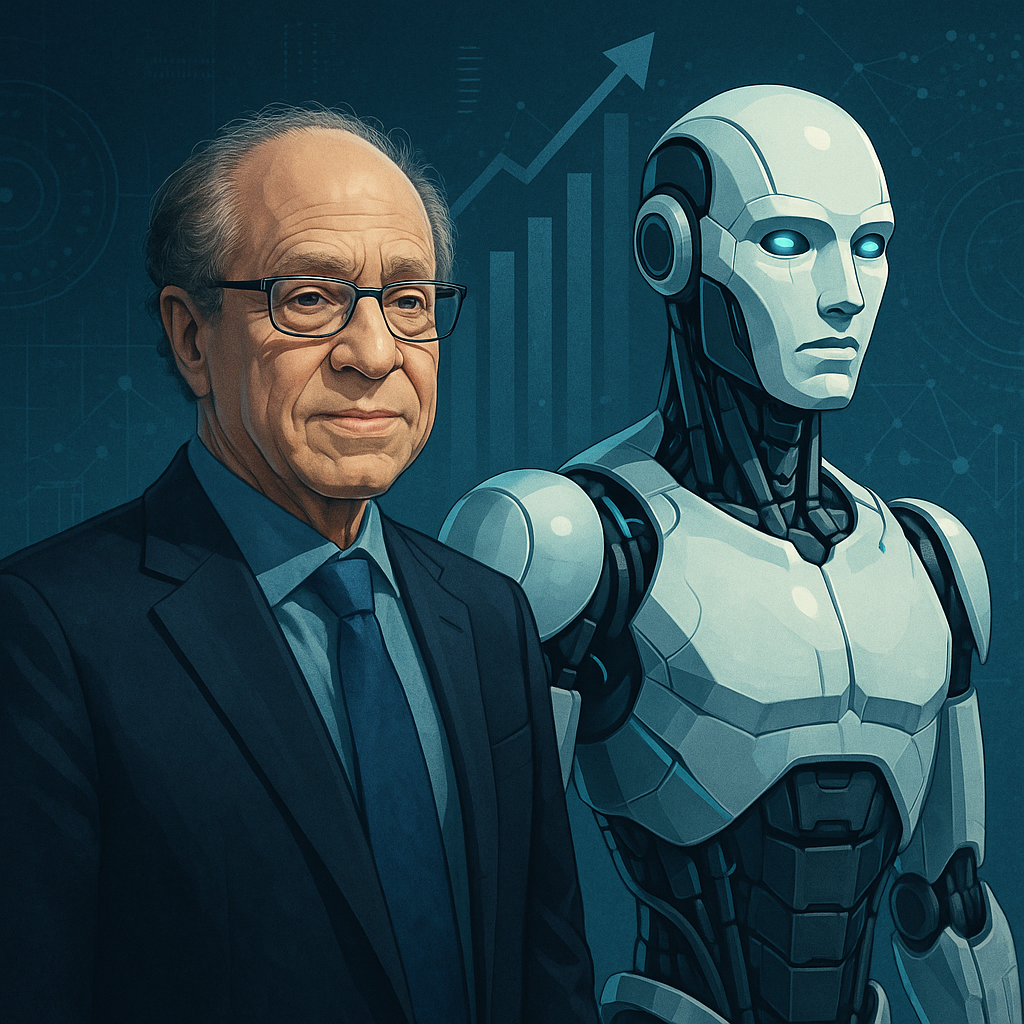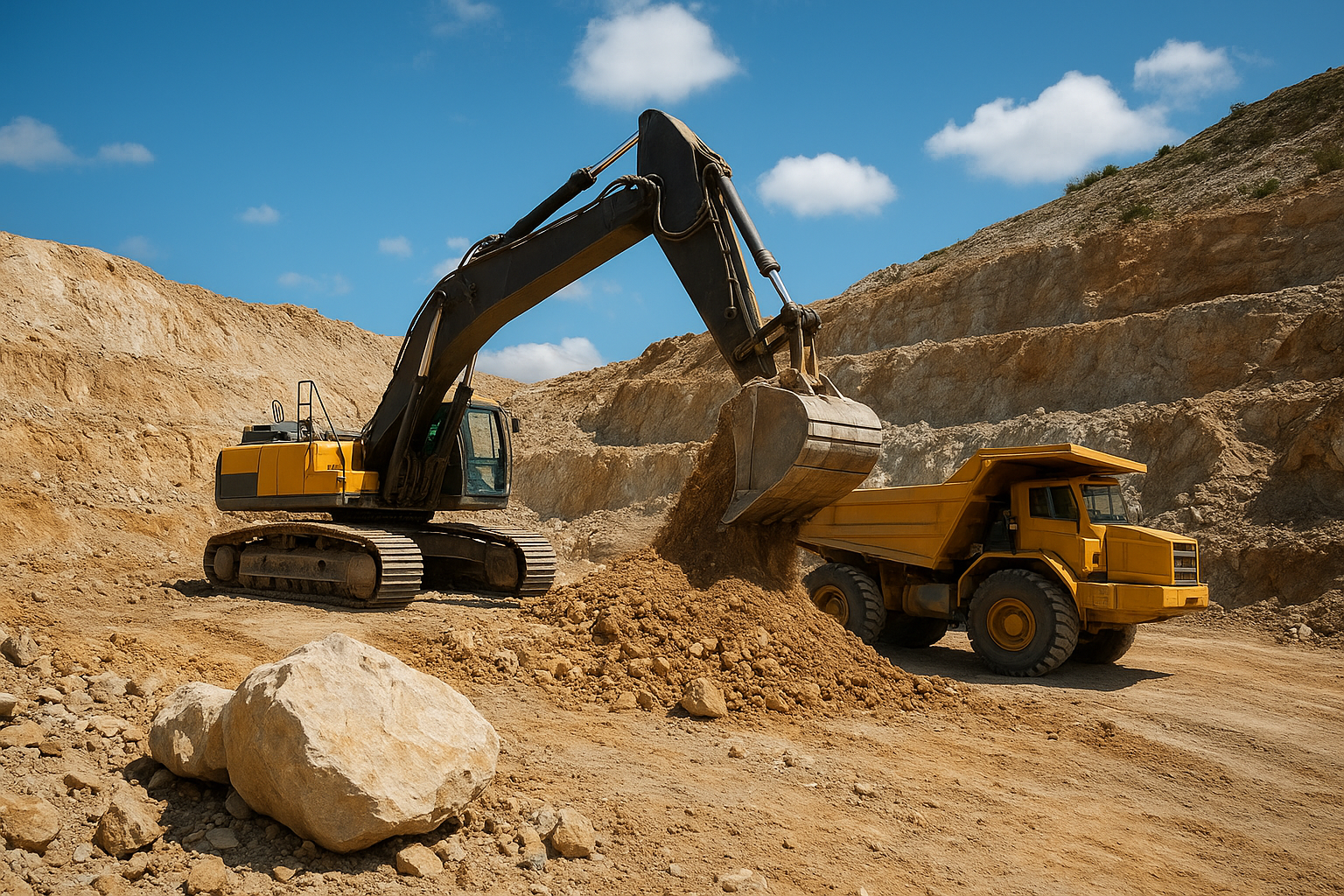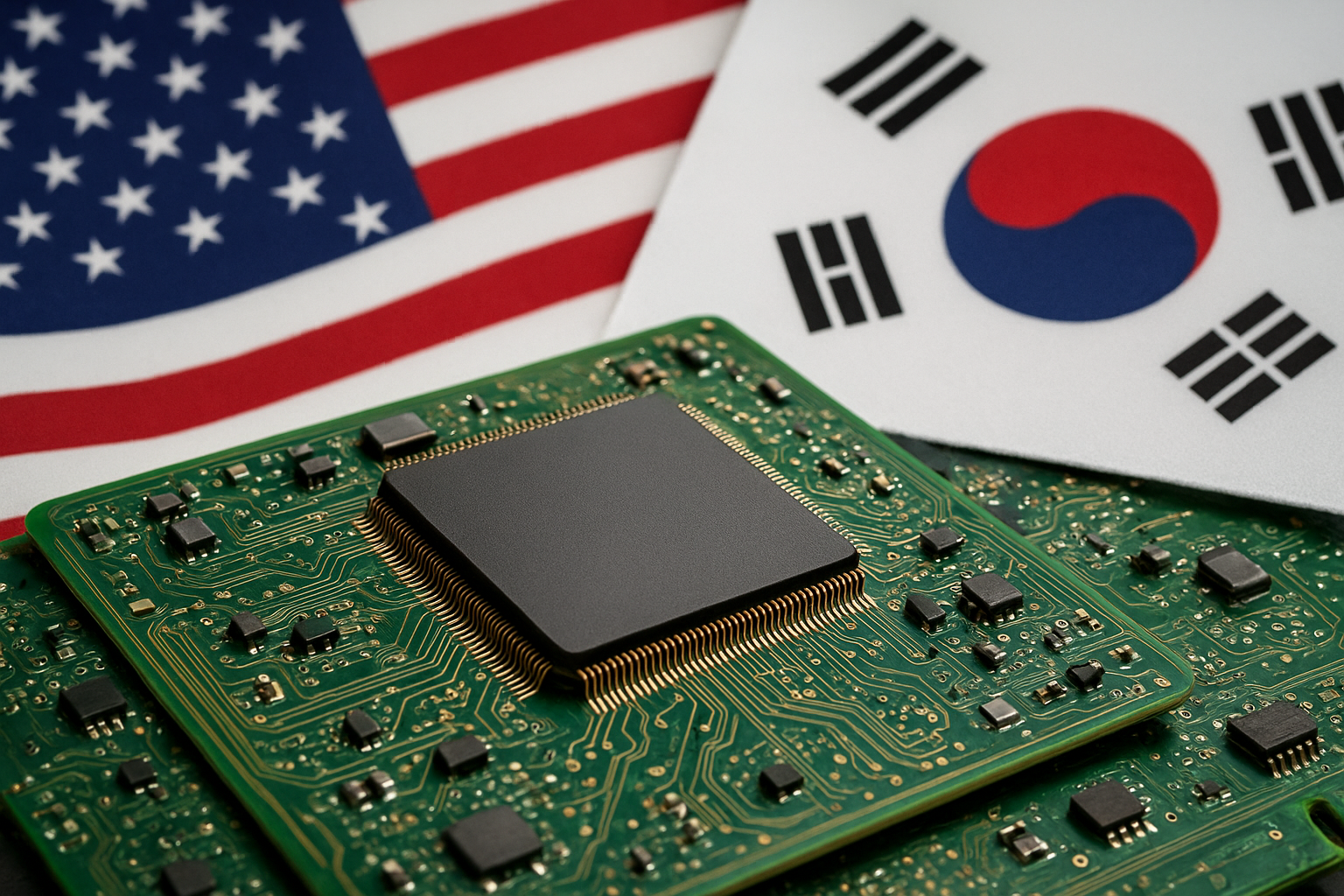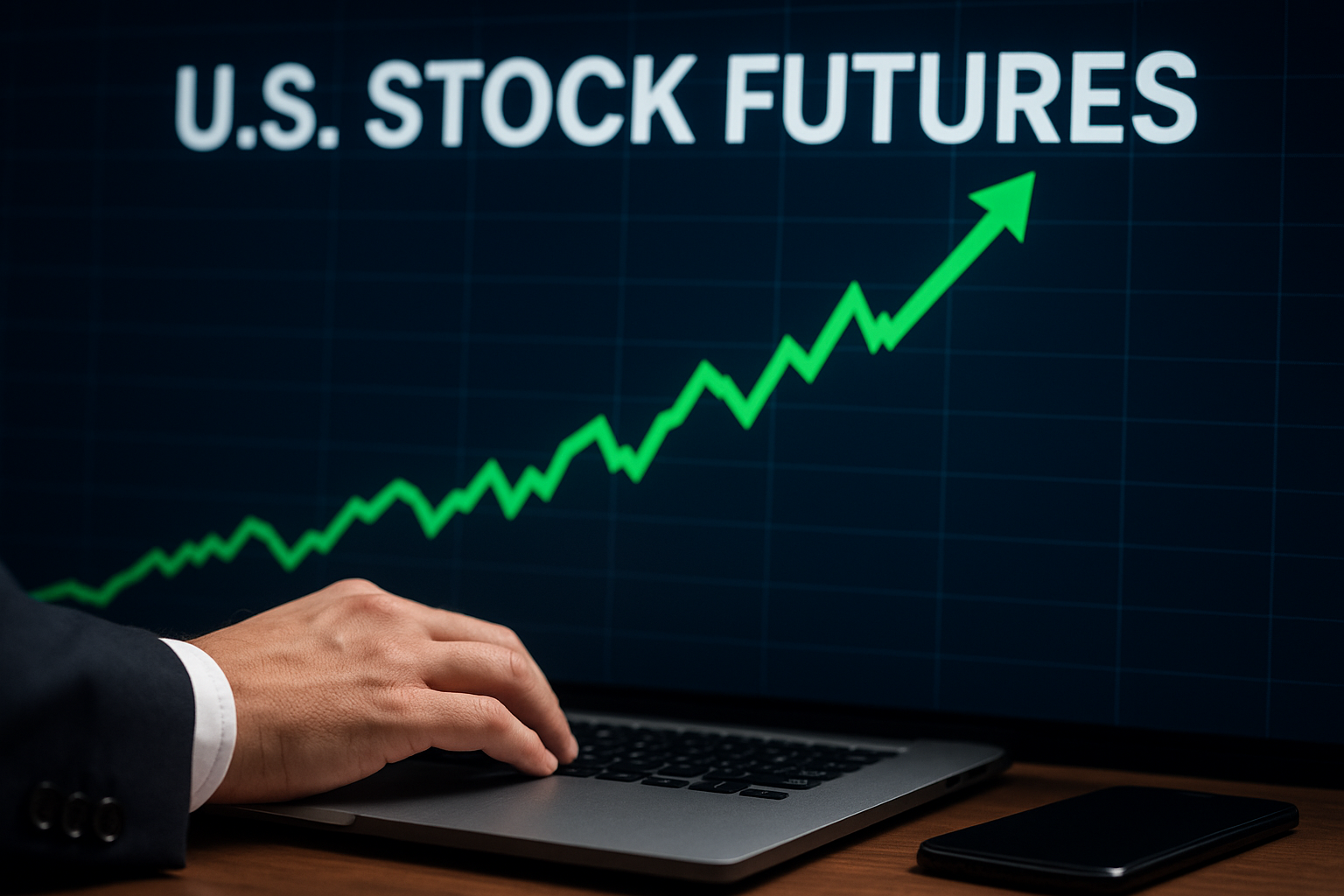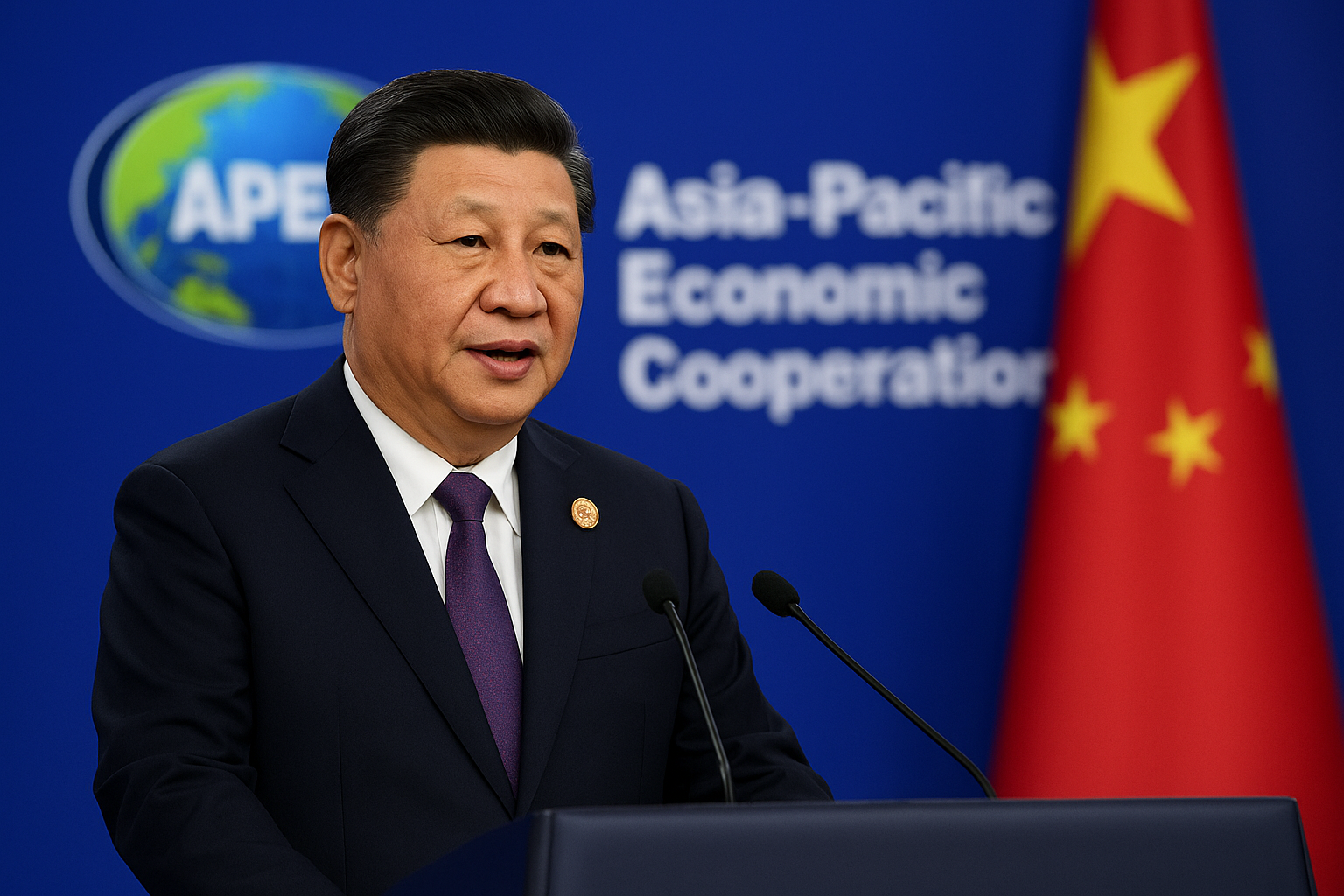A New Era for Humanoid Robotics — and a Golden Opportunity for Investors
Humanoid robots, long confined to the realm of science fiction, are rapidly stepping into reality — and investors are taking notice. On May 20, Reuters reported that a robotics startup co-founded by Ray Kurzweil, the famed AI futurist and Google engineering director, is in talks to raise $100 million to fund the development of its next-generation humanoid robot.
This move comes at a pivotal time for the AI and robotics industries. Investor appetite for AI-powered hardware has been steadily climbing, fueled by transformative use cases in manufacturing, logistics, healthcare, and even personal assistance. Kurzweil’s entry into the humanoid robotics space adds both credibility and urgency to this trend — and may open the door to high-impact investment opportunities.
Why This Matters for Investors
Kurzweil is not a newcomer to disruptive innovation. Known for his accurate technological predictions and central role in AI development at Google, his involvement signals serious intent. According to Reuters, the startup aims to build robots that integrate advanced AI with near-human mobility and responsiveness — an endeavor reminiscent of Boston Dynamics but with a more consumer-facing angle.
The timing couldn’t be more strategic. In Q1 2025 alone, global venture capital funding into AI robotics exceeded $3.2 billion, according to PitchBook. Meanwhile, industrial robotics shipments are projected to grow 15% year-over-year, based on recent IDC forecasts.
In this context, a $100 million fundraising round doesn’t just reflect capital needs — it reflects confidence in future returns. The humanoid robotics sector, though still nascent, is becoming a magnet for both institutional investors and strategic players looking to position early in what could be the next wave of AI-driven automation.
Future Trends to Watch
1. AI Integration with Physical Systems:
The shift from software-only AI to embodied AI — machines that can physically interact with the world — is gaining momentum. Companies that can pair large language models and neural networks with robotics stand to create powerful, real-world tools with scalable commercial applications.
2. Labor Gap Solutions:
As labor shortages persist in logistics, elder care, and customer service, humanoid robots are being explored as solutions. The Japanese government, for instance, has launched subsidy programs for service robotics to support its aging population — a policy trend that could expand to other nations.
3. Competitive Landscape Heating Up:
Tesla’s Optimus robot prototype has already captured headlines, and Figure AI recently closed a $675M round backed by Microsoft and Nvidia. Kurzweil’s entry not only intensifies competition but also suggests a shift toward more human-centric design and functionality — potentially opening up new markets beyond industrial settings.
Credible Sources, Real Signals
The Reuters report published May 20 confirms the active fundraising discussions and positions the startup as a serious contender in a fast-evolving industry. Industry analysts point to Kurzweil’s involvement as a potential catalyst for institutional interest, citing his proven track record and the credibility he brings to ambitious technological ventures.
According to data from McKinsey & Company, automation through robotics could contribute $4.5 trillion to global productivity by 2030, with humanoid robots representing an untapped niche with exponential potential.
Key Investment Insight
Investors looking to ride the next wave of AI innovation should pay close attention to the intersection of robotics and artificial intelligence. While still speculative, early positioning in AI-robotics hybrid ventures — whether through private equity, venture capital, or public market exposure to enablers like Nvidia, Rockwell Automation, or AI chipmakers — could yield significant upside.
Kurzweil’s startup may not yet be publicly listed, but its emergence signals a broader shift: the race to build commercially viable humanoid robots is no longer theoretical. It’s funded, growing, and backed by some of the most influential names in tech.
Stay Ahead of the Curve
As the line between AI and physical automation continues to blur, so too does the boundary between speculative tech and industrial-scale opportunity. Investors who tune into emerging trends early — and understand the players driving innovation — stand to benefit most.
📩 Stay informed with daily market-moving insights. Subscribe to MoneyNews.Today — your trusted source for credible, investor-focused news.
